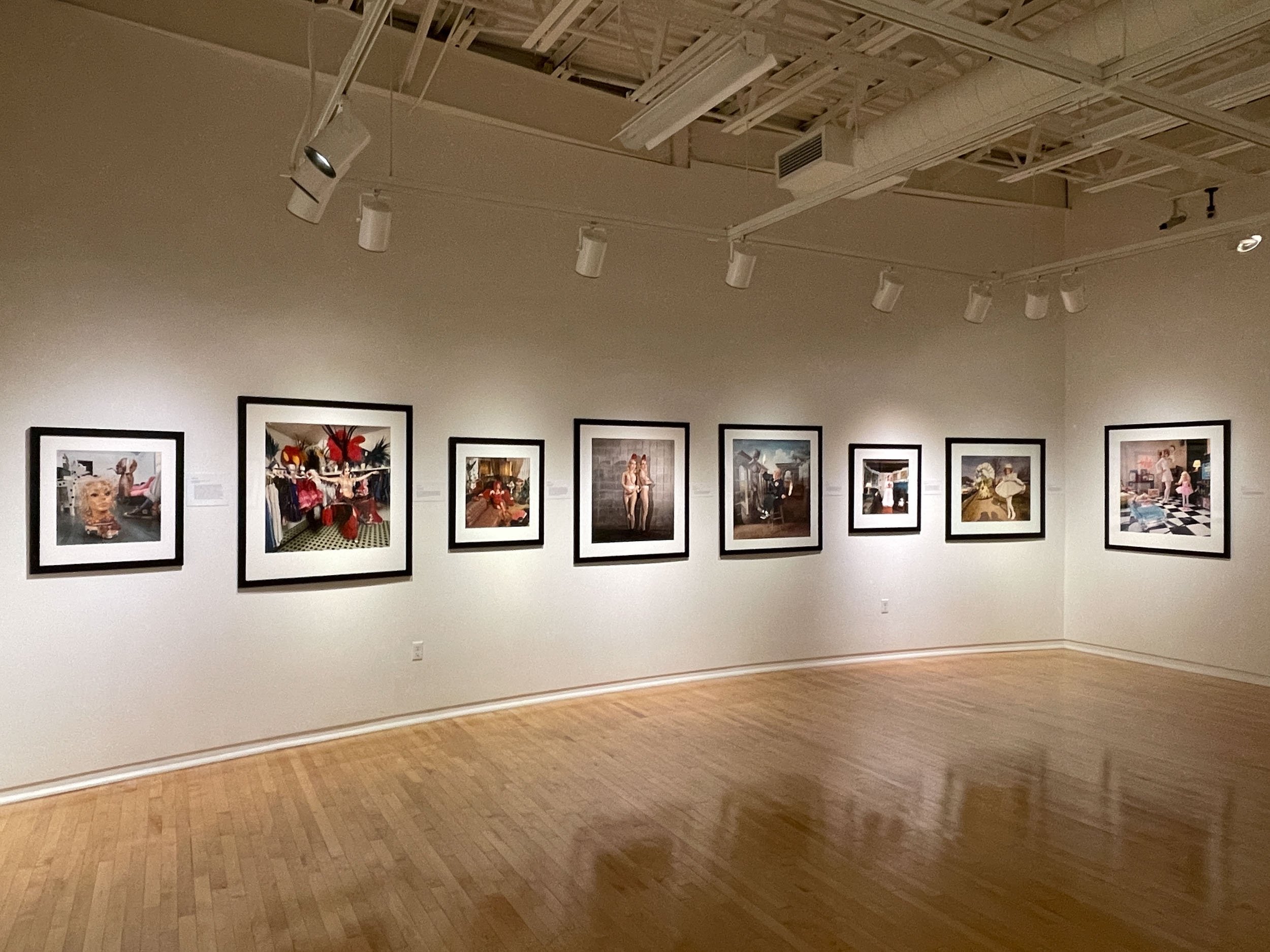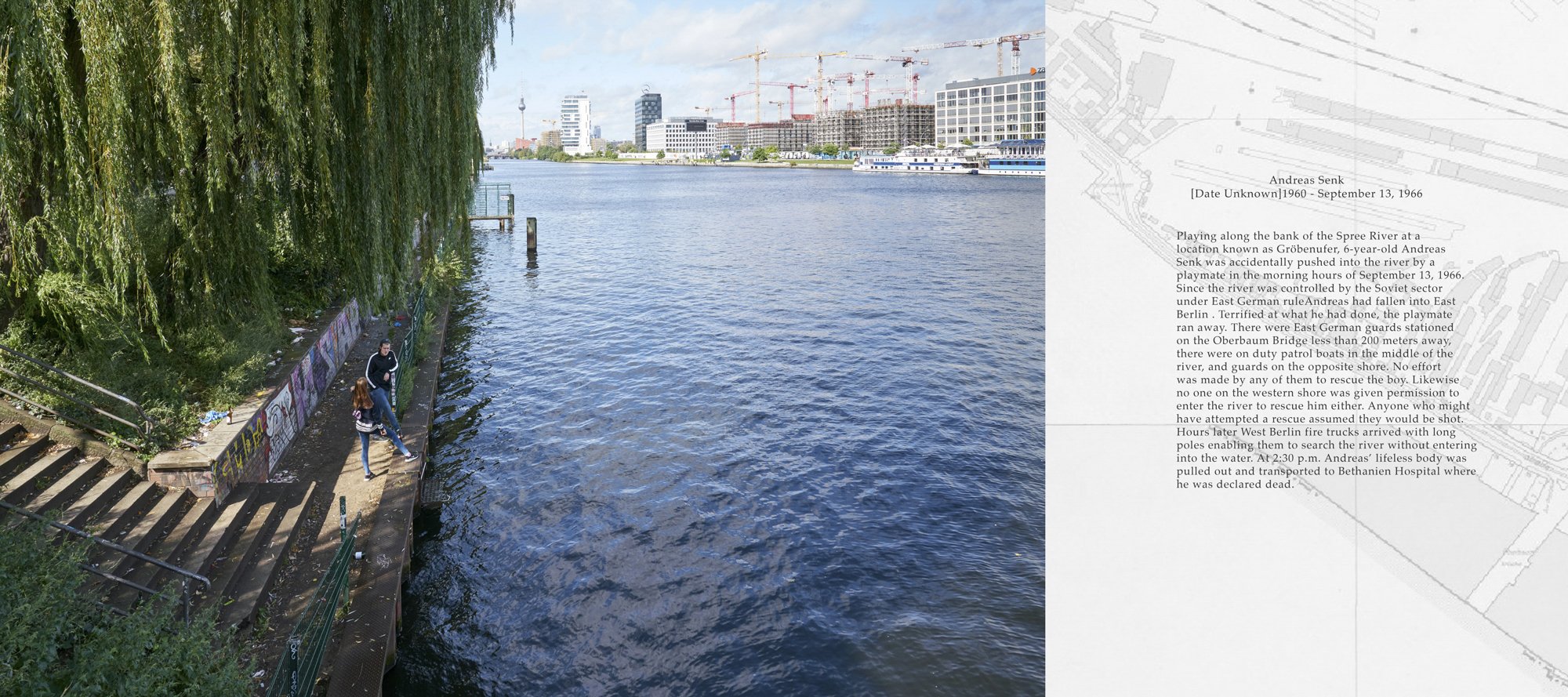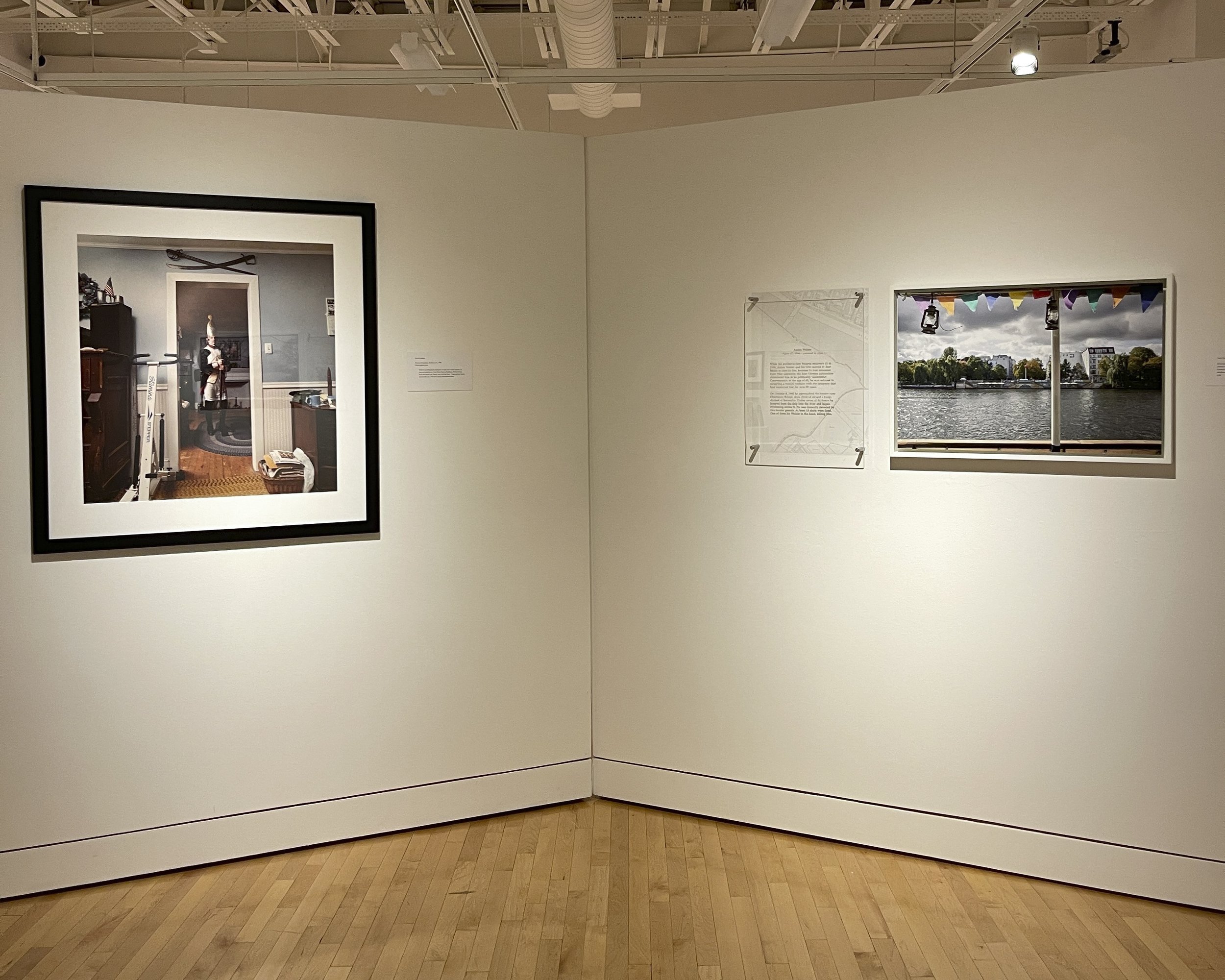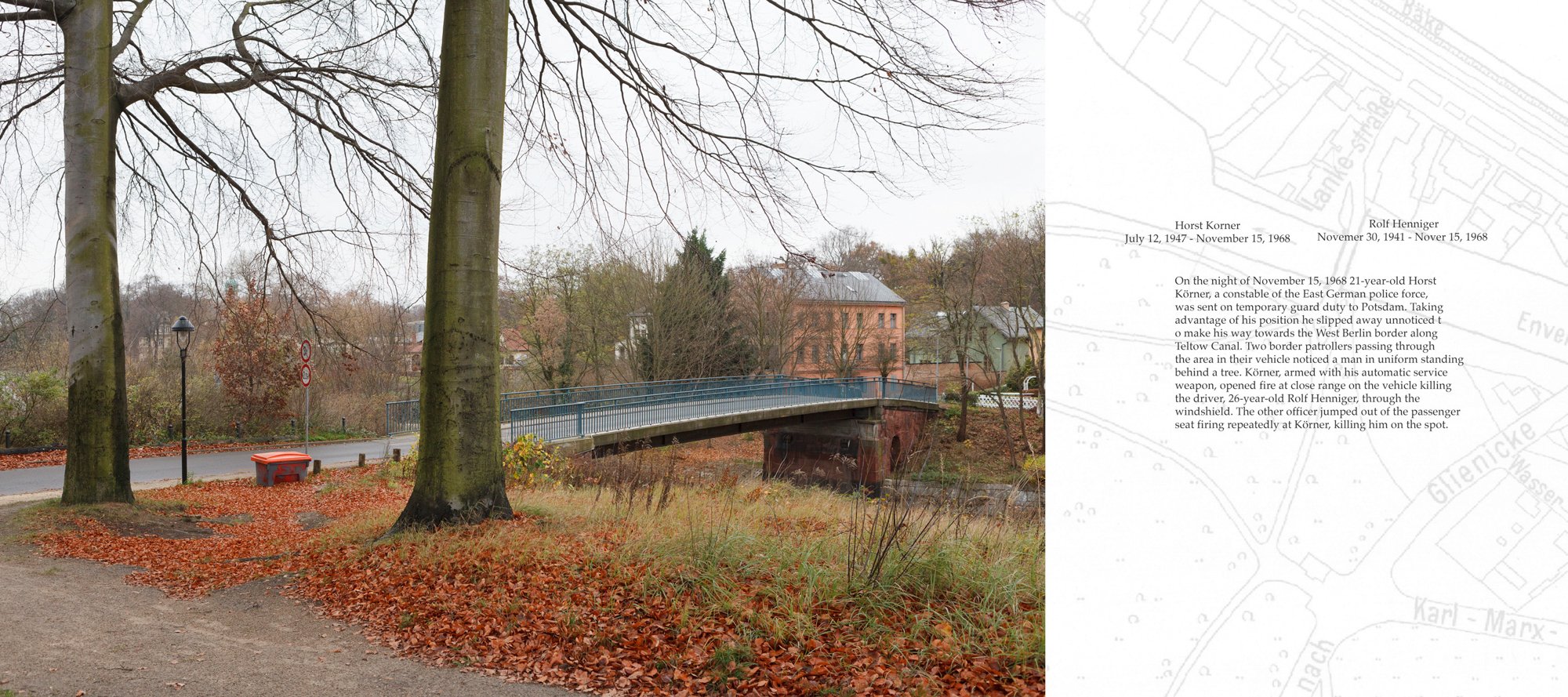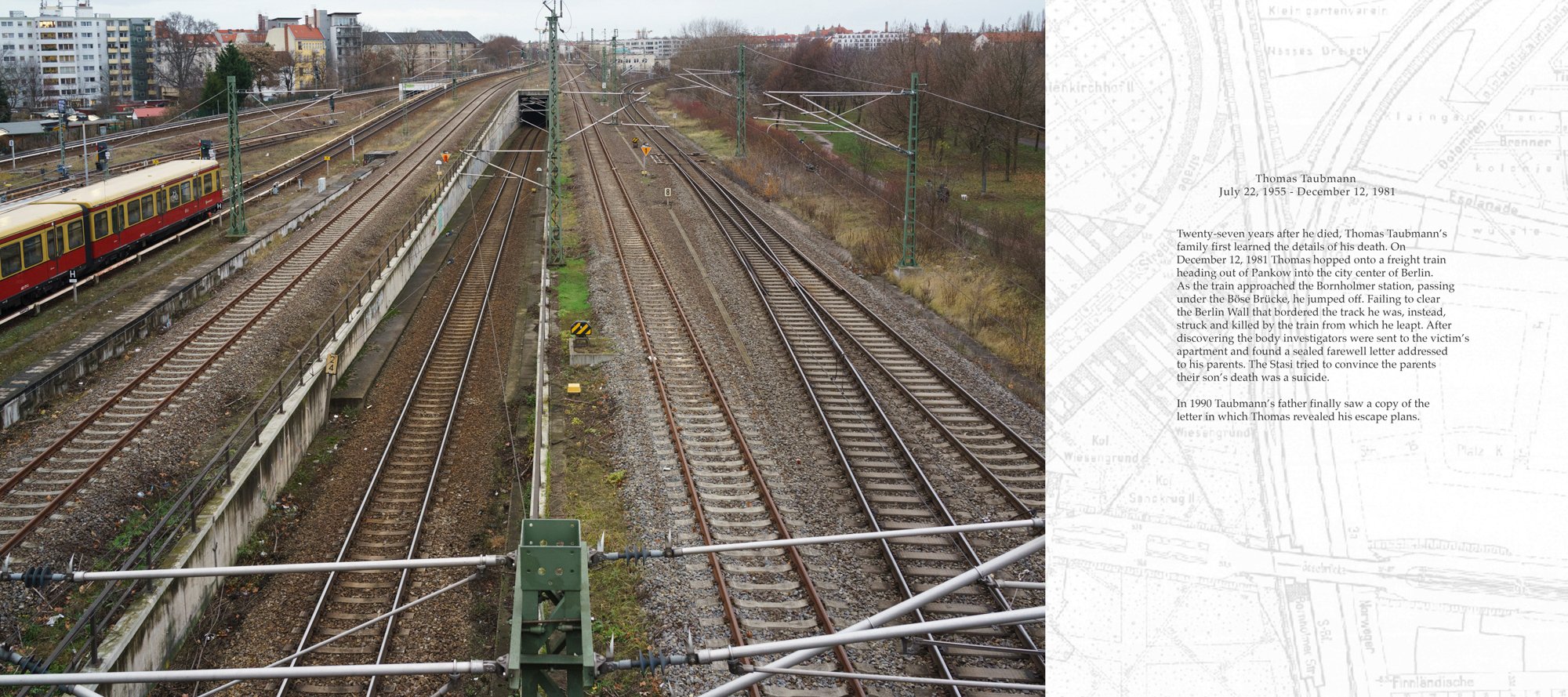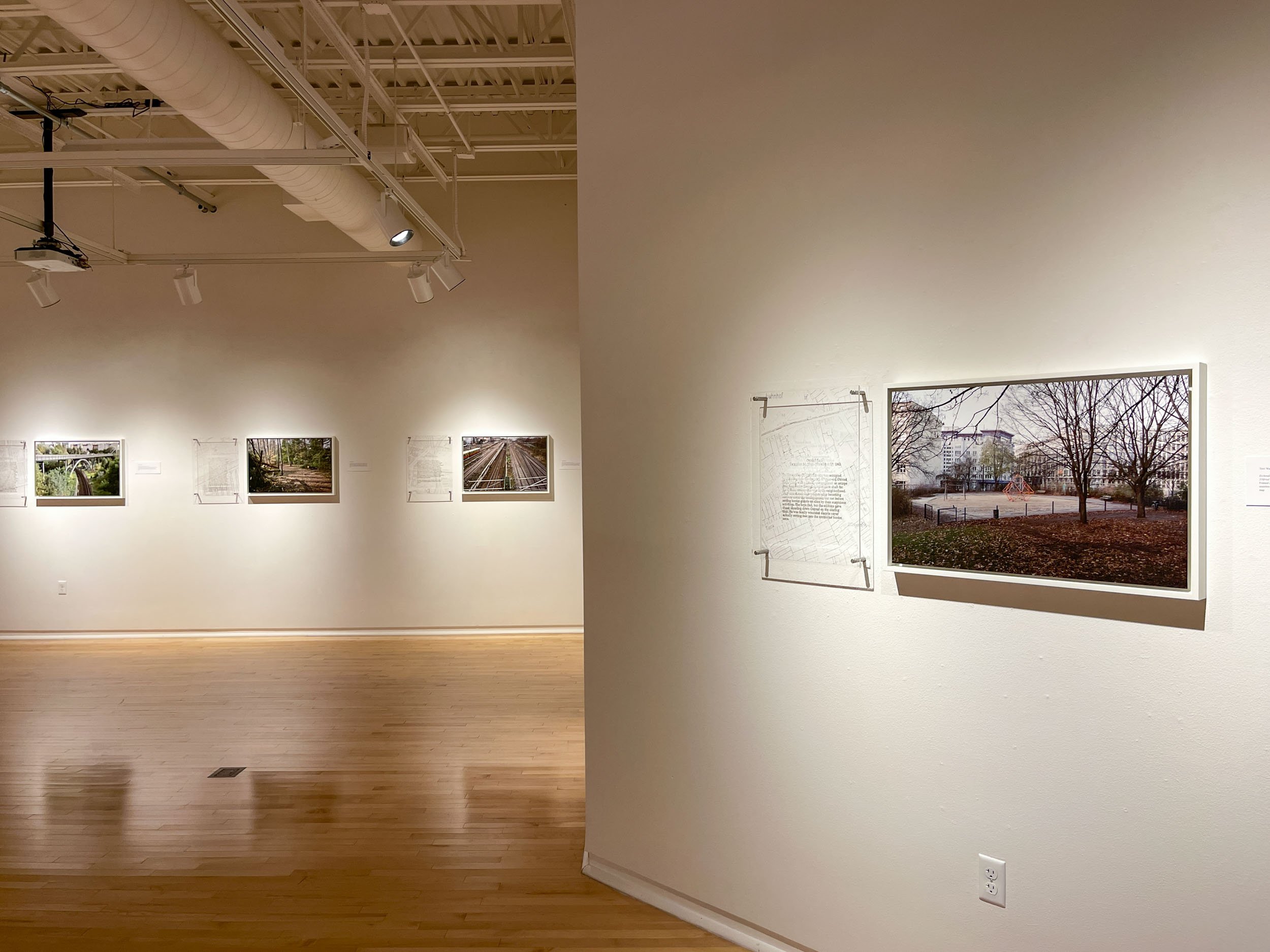
Exhibition Overview
David Graham’s photographs included in STORIED LIVES found their beginning in his book, Land of the Free. This book, published by Aperture, was meant to be a tribute to the American people in all their idiosyncratic splendor. Graham photographed ordinary folks in their homes, at work, and at play across the nation. His travels started in Newtown, Pennsylvania and then went on around the entire continental United States… almost.
The project began with portraits of celebrity impersonators: Elvis, Marilyn, Frank Sinatra and Roy Orbison, Elizabeth Taylor, Bette Midler as well as Bette Davis. Then, moved onto enthusiastic imitators of historical figures such as George Washington, Ben Franklin, and Christopher Columbus – where the photographs exude the energy of these time-travelers.
As time moved on, Graham found that some colorful Americans built their own characters or just shared their lives with enthusiasm as they went to celebrations (Twins Day), parades (Mummers Parade), competitions (the best bald head) or just made the most of a vacation.
It is clear, that David Graham, himself, was immersed in the dreams, and choices, of his subjects. Land of the Free now serves a mirror in time, but, held slightly askew.
In contrast, Terri Warpinski’s Death|s|trip is a documentary photography project that tells the stories of dreams and lives that were lost. Here, what appear to the viewer as landscape-based photographs serve to restore memory through stories of human mortality. Each of the locations photographed are within contemporary Berlin, linking the landscape to a victim of the Berlin Wall, to an individual who died in a desperate attempt to flee oppression. To reconcile these landscape scenes temporally located in the present with their associated historical narratives requires an active and experiential viewing. The viewer completes the work through a synthetic process, ultimately resolving the disparities of time and seeing past the obvious alterations that have occurred in the intervening period of Post-Wall Berlin.
Through pictures and narrative, Warpinski celebrates their courage and their lives, and draws attention upon their loss and in some cases the loss experienced by their loved ones. What the works in Death|s|trip reveal are striking in their detail, heartbreaking in the failures they depict, and disturbing in the resemblance they bear to deaths that continue to occur today, in the United States and abroad, as innocent men, women, and children seek a life free of oppression and poverty.

